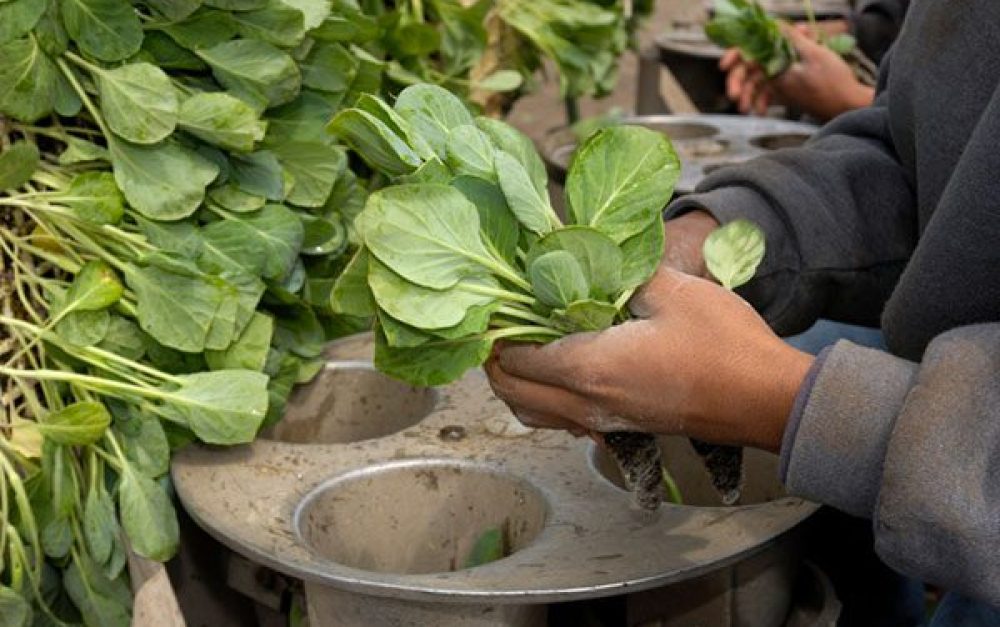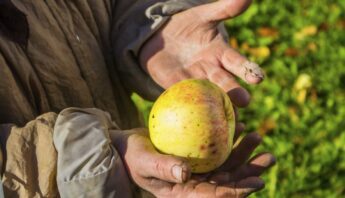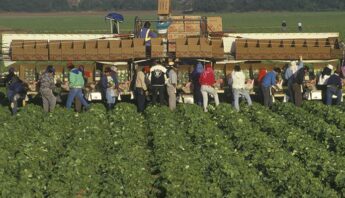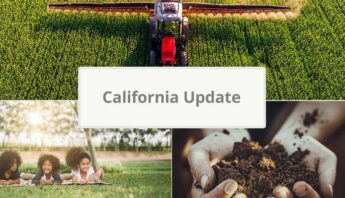At a funder conference I’m attending this week, we began by singing the venerable labor song, “Which side are you on?” I thought it was an especially appropriate choice because at PAN, we’re joining our allies around the world in reflecting on the intersections between worker’s rights, safety and public health.
This week, as we note both International Workers Memorial Day and May Day (International Workers Day across much of the world), I’m reminded of how important it is for all of us who care about the food system to take sides with the system’s workers.
I grew up in a community of working-class strivers, blue-collar workers with roots in the Deep South. They’d followed the Great Migration of African Americans, looking for better economic opportunities, for freedom from state-sanctioned terror and discrimination, and for the chance to live with dignity and hope. They didn’t have “careers” — they worked shifts, wore uniforms and were eager to pick up overtime pay. I was aware, from an early age, that 24 hours a day, somebody is working so that the rest of us can shop, drive, visit hospitals, have emergency repairs, buy groceries and do other things we take for granted.
Making "invisible" work visible
I also knew that many of these "invisible" jobs weren’t just thankless, they were dangerous. Heat, cold, falls, heavy lifting and chemical exposures were some of the perils folks in my extended family risked as a matter of course while on the job. When I first read Upton Sinclair’s groundbreaking novel The Jungle, I wondered what it would be like to work in the mills, warehouses and factories that were all over my hometown. (And I stopped eating hot dogs for a while.)
It's for all of us who care about the food system to take sides with the system’s workers.
At PAN, we try ensure that the workers who grow our food are visible. They are historically among the lowest-paid workers in the country, intentionally excluded (along with domestic workers) from most of the occupational safety laws that evolved since The Jungle exposed the awful conditions in Chicago’s stockyards over 100 years ago.
At the turn of the last century, Sinclair and other reformers used his novel to pressure corporations and the Department of Labor to take action. While concerns about unsanitary food drew much of the public’s attention, reformers focused on the workers themselves — their rights, their protections, their communities and their health.
Movement in the right direction
This year PAN is excited about the progress of the Equitable Food Initiative, and providing expertise to this project of workers, growers, retailers and NGOs — believing that profits and fairness can coexist, and consumers will support that with their dollars.
We’re optimistic that we can win stronger worker protection standards for farmworkers this year as well. Tens of thousands of farmworkers are poisoned by pesticides each year, mostly from chemical residues in the fields and from pesticides that drift through the air after being applied. After seeing the documentary Cesar's Last Fast this past weekend, I am feeling very frustrated that nearly 25 years after Cesar Chavez risked his life to draw attention to these hazardous, there’s been so little policy improvement.
What will our counterparts say about our values and our actions on behalf of farmworkers 25 years from now, a century from now? I’d like to think that we’re laying the groundwork for a new set of historical markers with workers and rural communities.
Take action » Join us in urging EPA to make their proposed new farmworker safety rules stronger and more effective. Stand with farmworkers for a safer, healthier workplace!
Photo credit: GomezDavid/iStock








